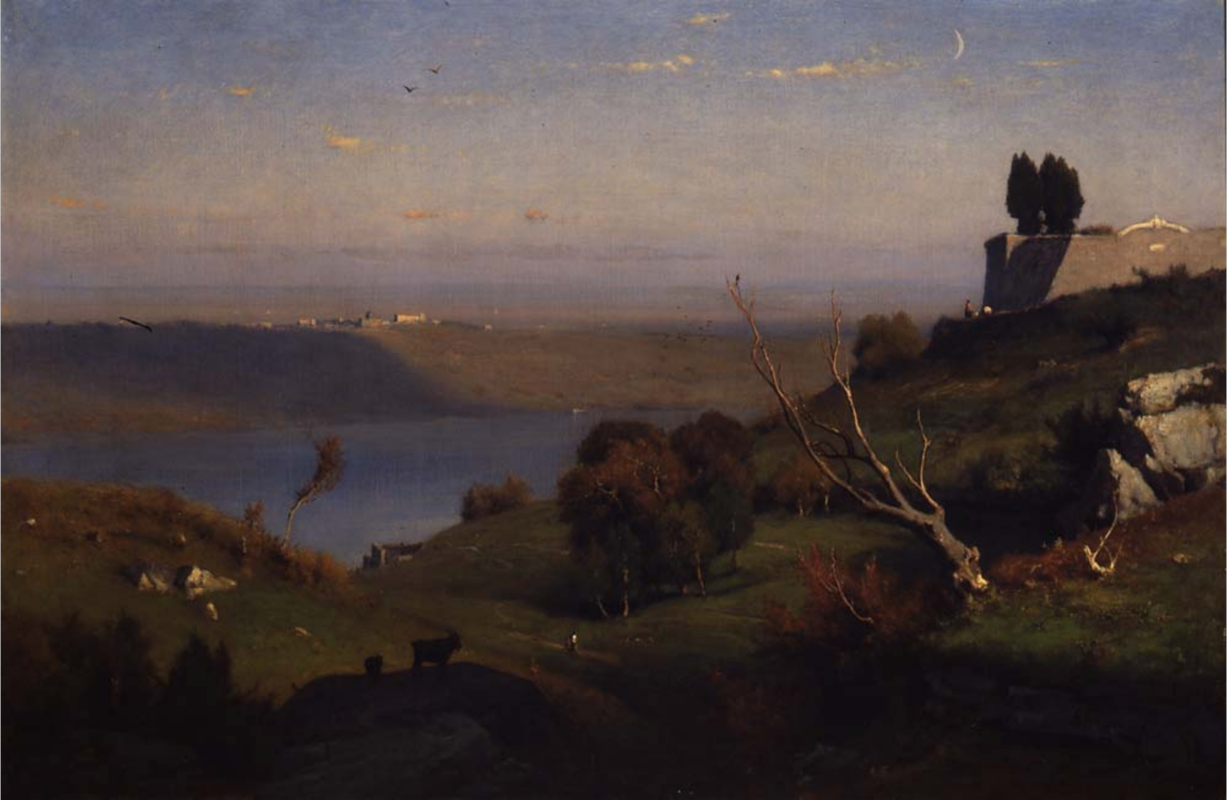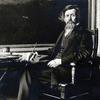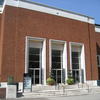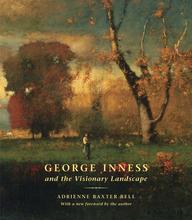More about Castel Gandolfo
- All
- Info
- Shop

Contributor
A town with a history as breathtaking as the view
George Inness, Hudson River School painter and ardent abolitionist, sought to take his family on a four-year stay in Europe in 1870, touring through Italy to continue painting his spiritually charged, transcendent landscapes. Castel Gandolfo, a town sixteen miles south of Rome, was one of them.
The town is most famous in modern times for housing the Apostolic Palace, the summer home of the Pope since 1596. As such, it is under the jurisdiction of the Holy See and owned by the Catholic Church. It is also the only territory that the Church owns outside of Vatican City since 1929. St. Pope John Paul II had a swimming pool built there and was caught by paparazzi in swimming trunks. Even one of the most celebrated religious leaders in recent history needs a dip in the pool every once in a while.
Castel Gandolfo also houses the archaeological remains of Alba Longa, the capital of the Latin League, a rival power to Rome before it became an empire. Romulus and Remus, the wolf-raised founders of Rome, were descended from an Alba Longan priestess whose bloodline stretches back to the legend of Aeneas, the sole survivor of a particular fiasco involving a golden apple, a wooden horse, and the destruction of Rome.
Alba Longa was conquered in the 7th century B.C. following the victory of the Horatii over the Curiatii in their famous duel, of whom Publius was the only survivor. The Albans were then assimilated into the greater Roman empire like Locutus to the Borg. His and his brothers’ oath were famously depicted by a French artist centuries later to be appropriated as a symbol of patriotism for a noble, yet bloody revolution even more gruesome than the war between the Albans and the Romans.
Sources
- The Met's Heilbrunn Timeline of Art History. Accessed September 24, 2018. https://www.metmuseum.org/toah/hd/inne/hd_inne.htm.
- Britannica, The Editors of Encyclopaedia. "Alba Longa." Encyclopædia Britannica. September 23, 2011. Accessed September 24, 2018. https://www.britannica.com/place/Alba-Longa.
- Pullella, Philip. "Papal Summer Residence, Shunned by Francis, Opened to Public." Reuters. October 21, 2016. Accessed September 24, 2018. https://www.reuters.com/article/us-pope-residence/papal-summer-residenc…
- Schlott, René. "Castel Gandolfo: The Colorful History of the Pope's Summer Home - SPIEGEL ONLINE - International." SPIEGEL ONLINE. February 28, 2013. Accessed September 24, 2018. http://www.spiegel.de/international/world/castel-gandolfo-history-of-th…
- Smith, William, LLD, William Wayte, and G. E. Marindin, E.d. "Vestales." Perseus Digital Library. Accessed September 24, 2018. http://www.perseus.tufts.edu/hopper/text?doc=Perseus:text:1999.04.0063:….
- "Titus Livius (Livy), The History of Rome, Book 1 Benjamin Oliver Foster, Ph.D., Ed." Henry George Liddell, Robert Scott, A Greek-English Lexicon, Α α,. Accessed September 24, 2018. http://www.perseus.tufts.edu/hopper/text?doc=Perseus:text:1999.02.0151:…













